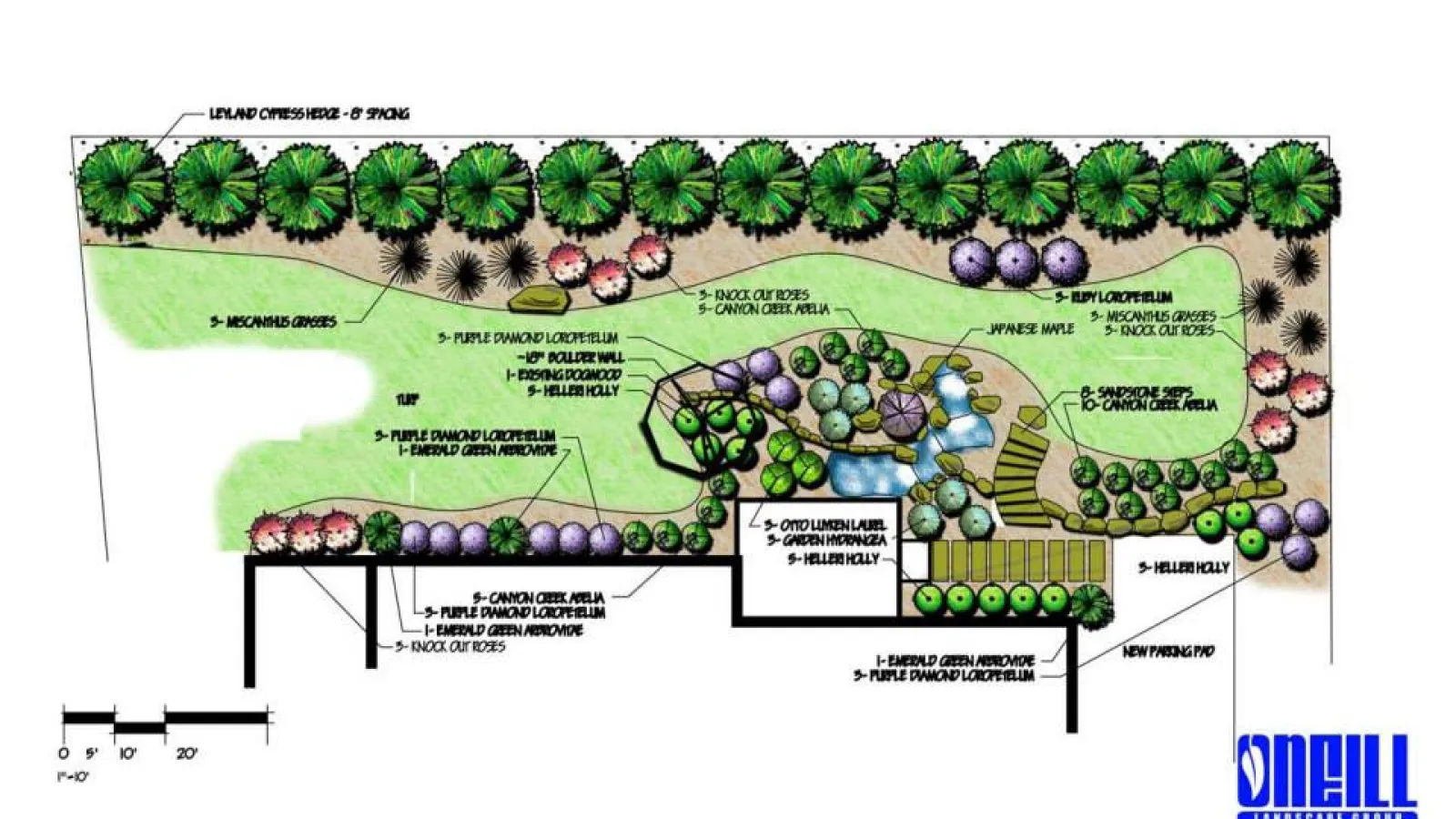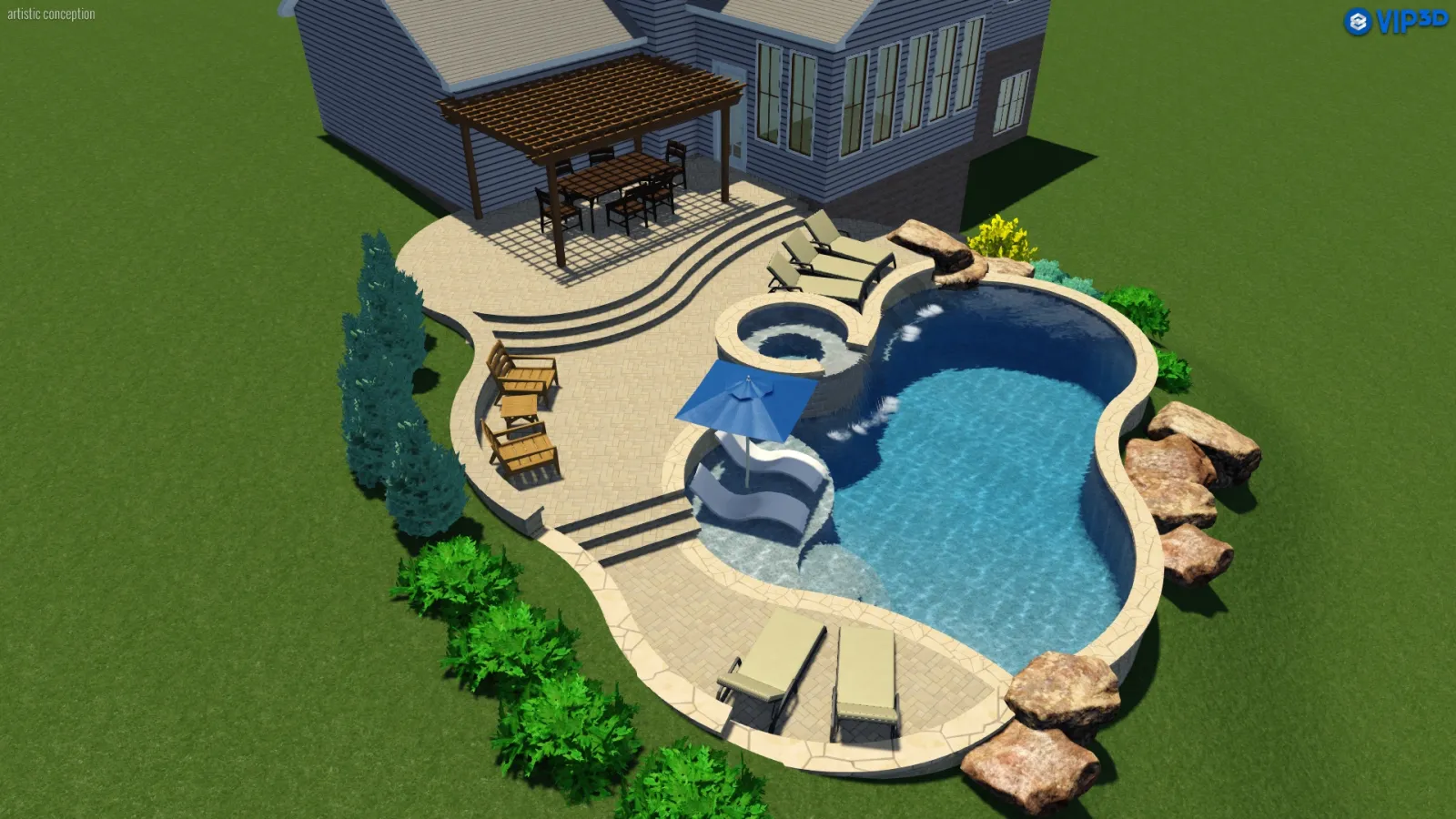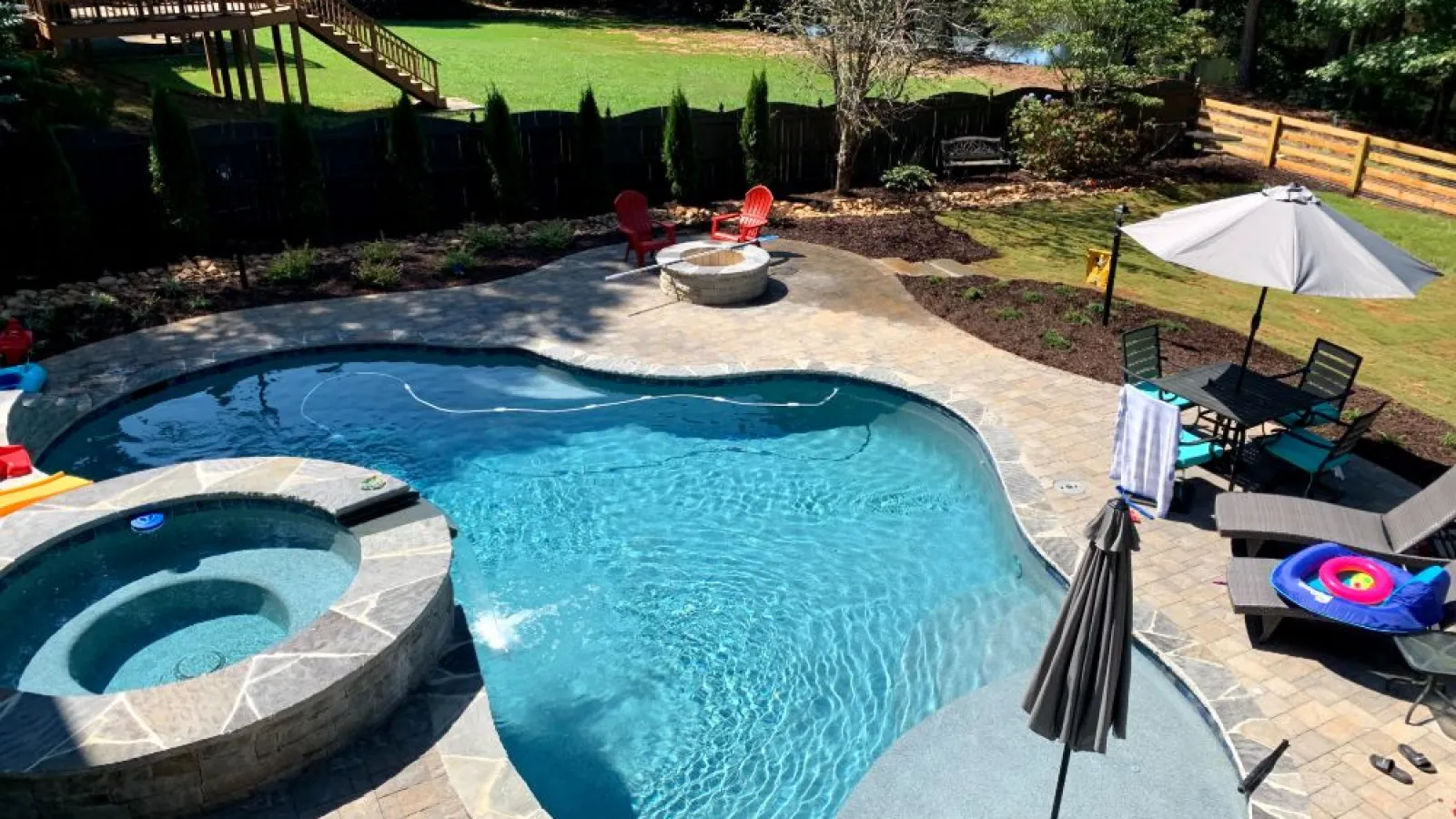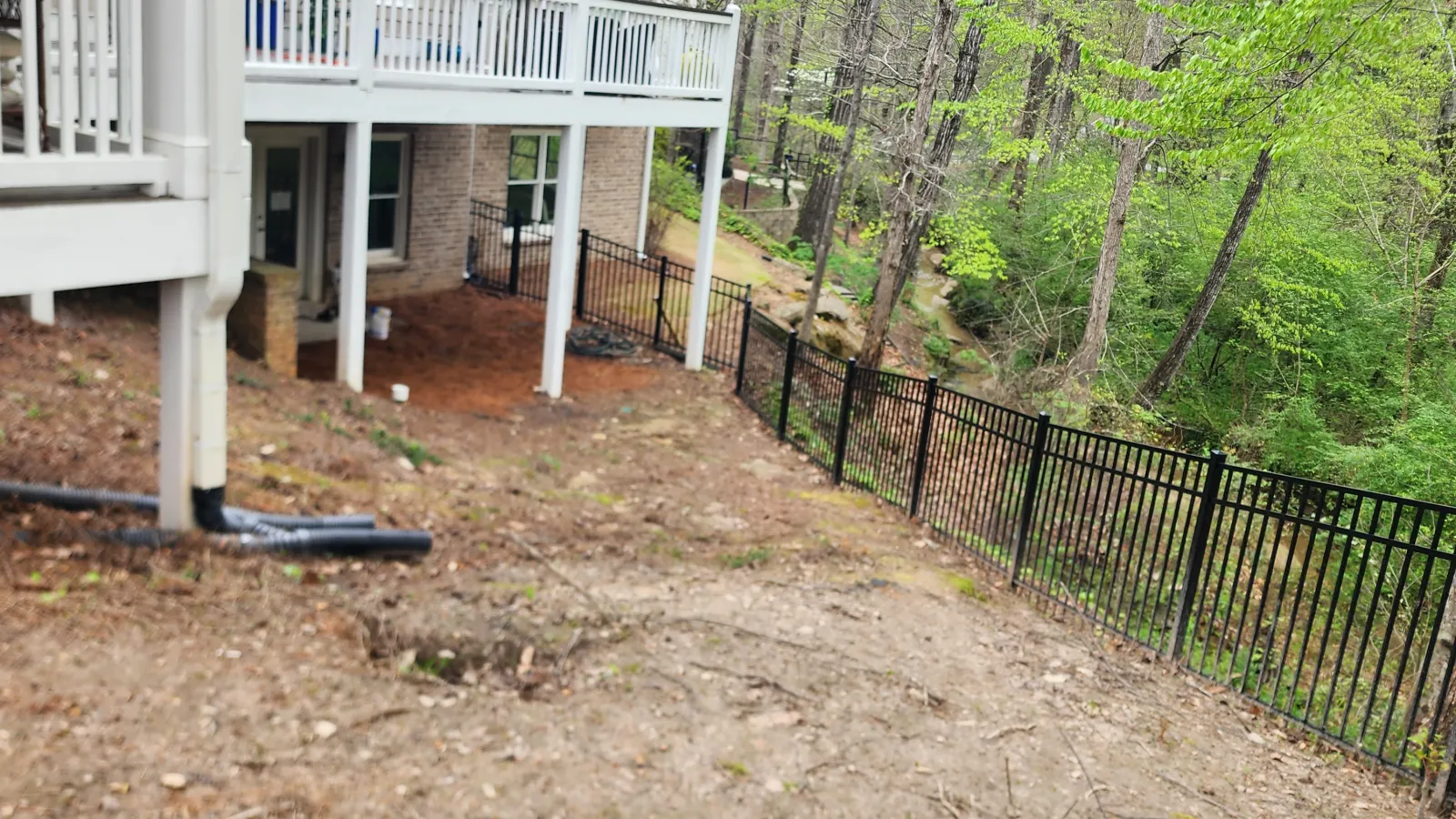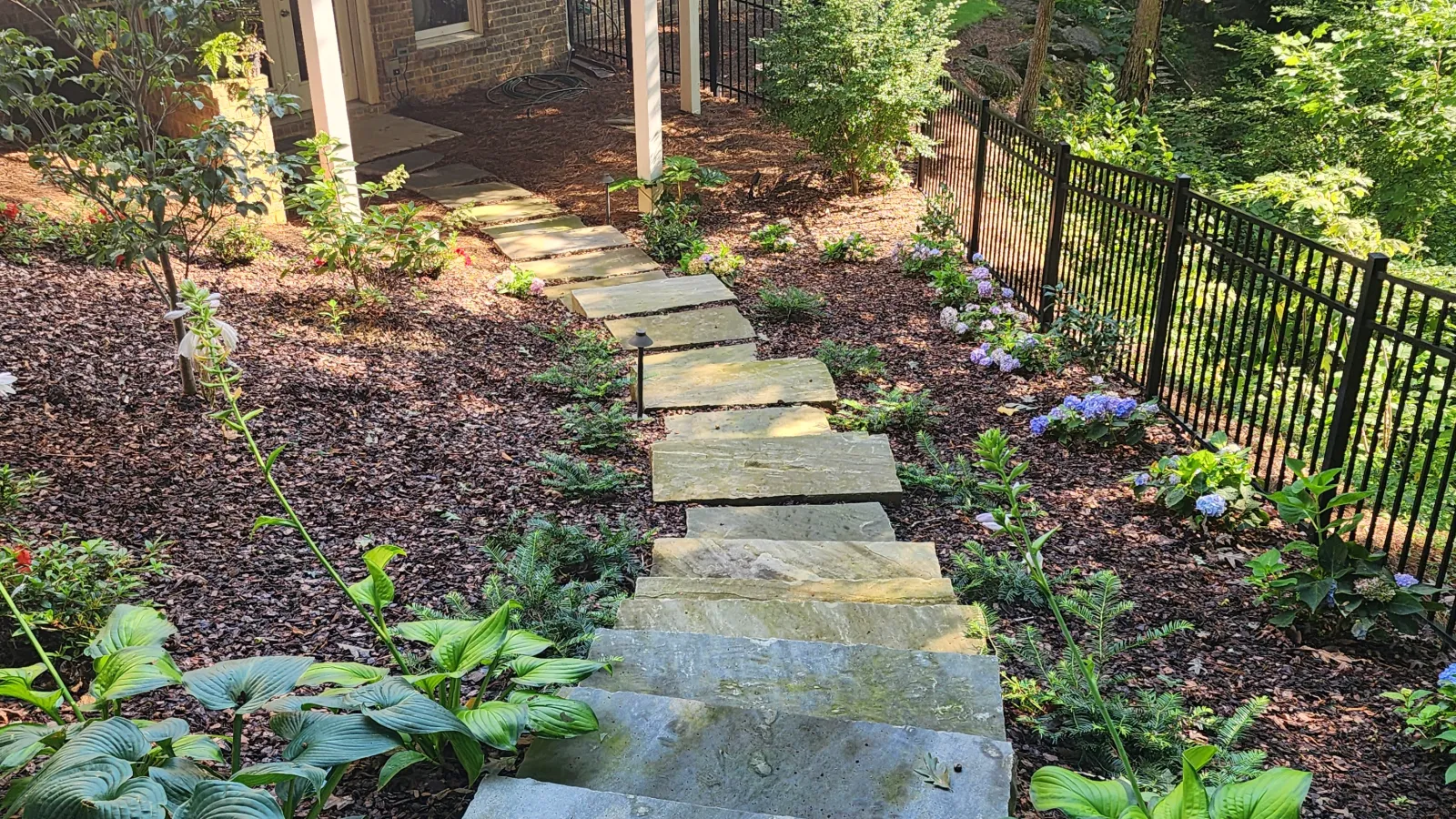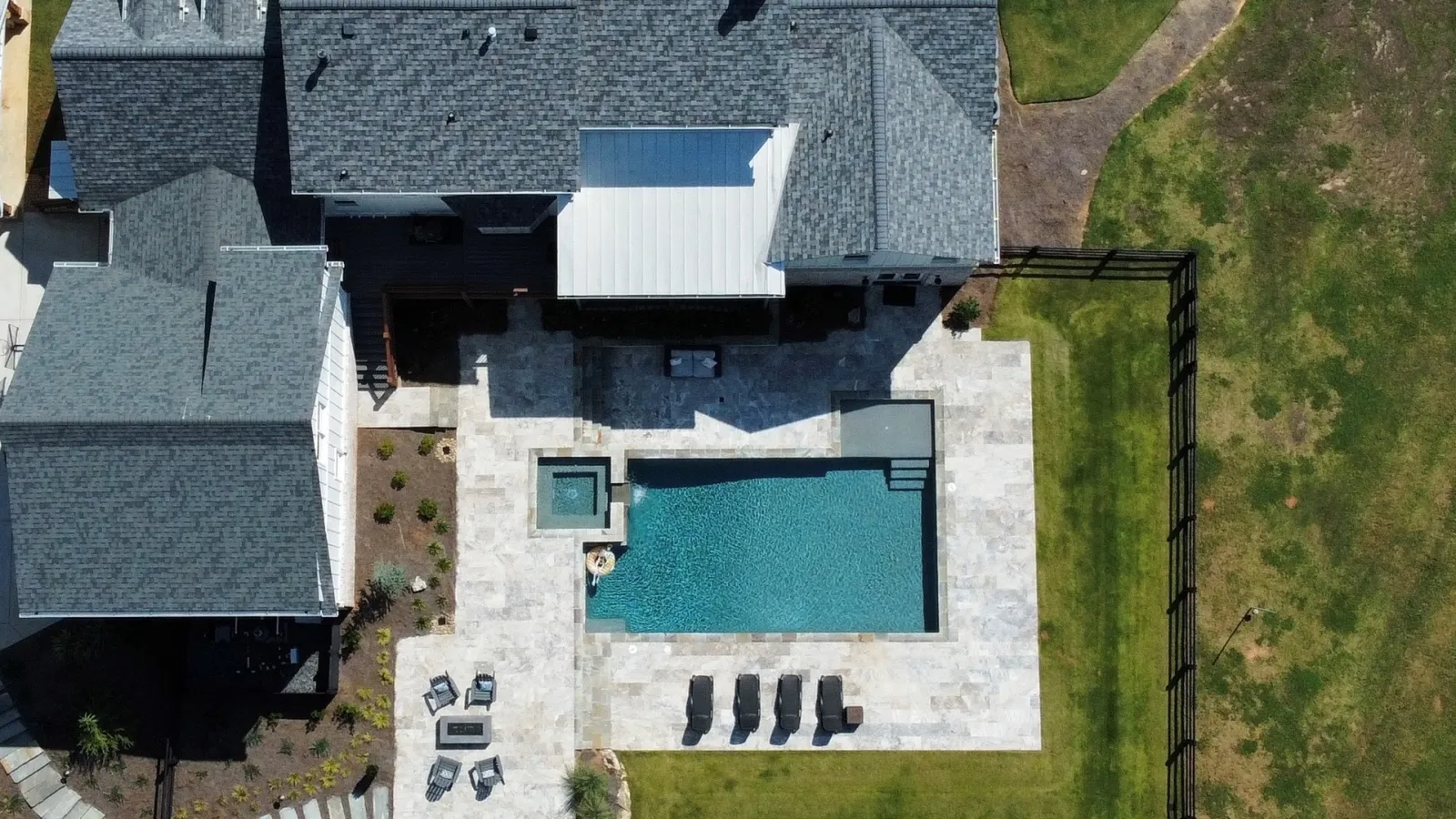Top-Rated Lawn Care and Landscape Services
in Woodstock, Alpharetta, Roswell & More
3,510,000
Sq. Ft of Sod Laid
89,000
Shrubs Planted
180,000
Lawns Mowed
35,000
Cubic Yards of Mulch Laid
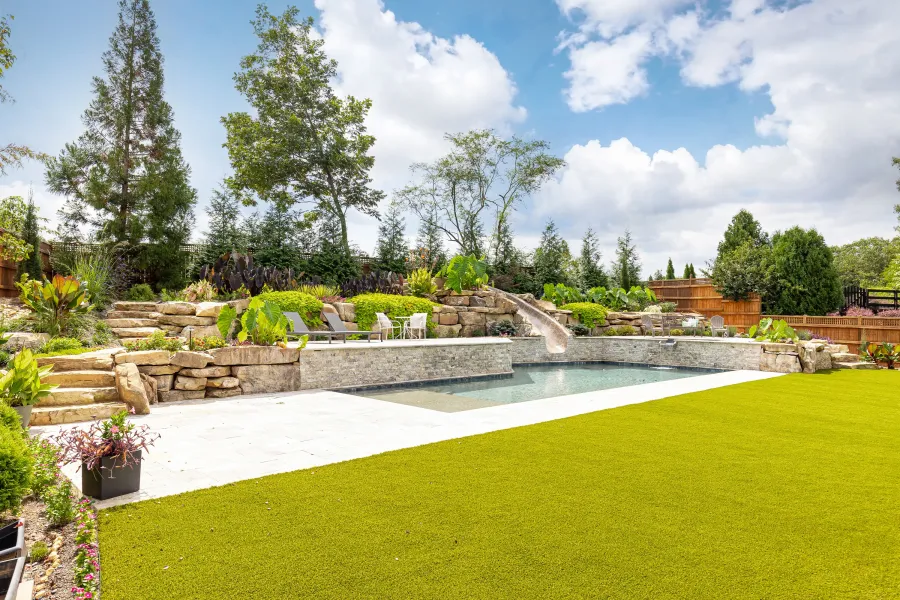
Bring Your Outdoor Paradise To Life
O'Neill Landscape Group is a landscape build and design company based in Woodstock, GA. We are guided by solid principles of hard work, dedication, and customer-centricity, with each of our designs uniquely attuned to our clients' needs and expectations.
Whether you're a business owner looking to add some outdoor charm to your office building or a homeowner dreaming of a cozy outdoor oasis in your backyard, you can count on us for exceptional design and flawless execution.
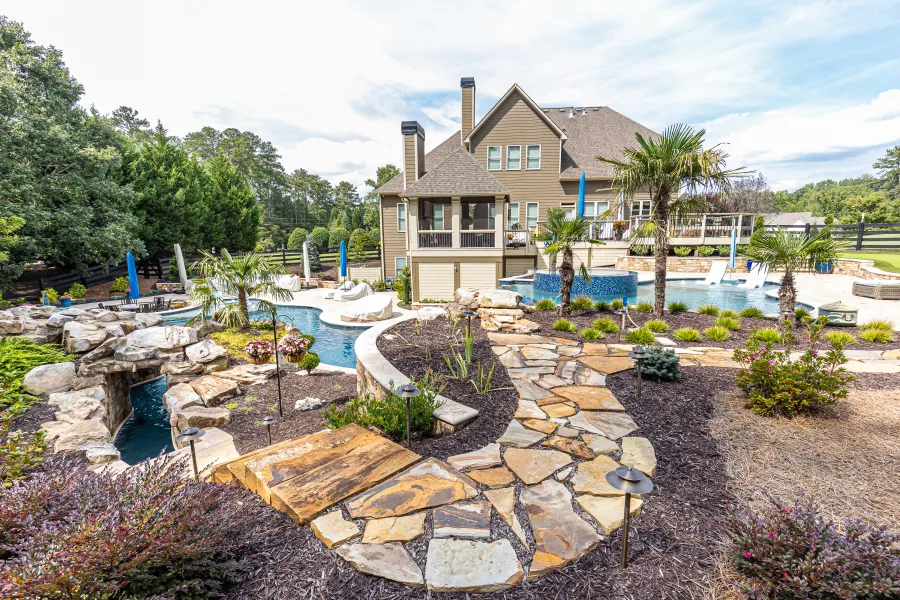
Setting the Standard for Excellence
Our team of in-house landscape designers and construction experts is dedicated to transforming your outdoor space from start to finish. With our meticulous attention to detail, we can turn even the most boring backyards into stunning living spaces that you can't wait to show off. Whether you're looking for a complete overhaul or just a few enhancements, our talented team can handle any project.
With our expertise and passion for creating beautiful outdoor environments, you can trust us to create a space that exceeds your expectations.
We Build Stunning Hardscapes
Patios, Fire Pits, Pergolas & More
We're pros at building amazing hardscapes that make your outdoor space stand out. From cozy patios to winding pathways, we design and create places you'll love to spend time in. Let's work together to make your yard the talk of the neighborhood.
Increase Your Curb Appeal
Fall In Love Everytime You Pull Into The Driveway
At O'Neill Landscapes, we make your yard a place you love coming home to. We're experts at designing outdoor spaces that feel like a part of your home. When you work with us, you'll feel happy seeing your beautiful landscape every time you pull into your driveway.
What Makes O'Neill Different
At O'Neill Landscape Group, our team of employees are driven, passionate people with a service-oriented attitude and a genuine love of learning. We're proud of the value and service ethics our team provides, and our dedication to excellence has brought us many client referrals over the years. Learn more about our company and team.
Yard Transformations
Before & After

As Seen on HGTV'S Flip or Flop
We've been featured multiple times on the popular HGTV hit show Flip or Flop Atlanta! Our pristine landscaping services and exceptional reputation earned us a spot on the show, where we helped area realtors flip houses throughout the metro Atlanta area.
Latest News & Announcements
Is It Better to Bag or Mulch Your Grass Clippings
Throughout the year, your lawn in Georgia will need to be mowed regularly to keep it looking neat and manicured. However, you may be wondering if it's better to bag or mulch your grass clipping when you're mowing your lawn.
3 Considerations for a Paver vs Flagstone Patio
Putting a patio in your yard is a great decision: it increases your property value, it adds usable, functional space, and creates more area to entertain guests and friends who come to visit.
Guide to Violas
If you're interested in restoring your landscaping, or you're planning a landscape renovation, violas are a great choice. We'll discuss the basics about violas, their care, when to plant them, and much more.

